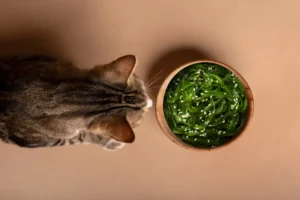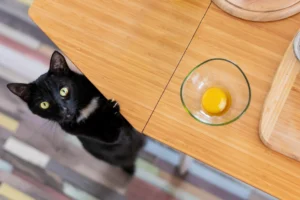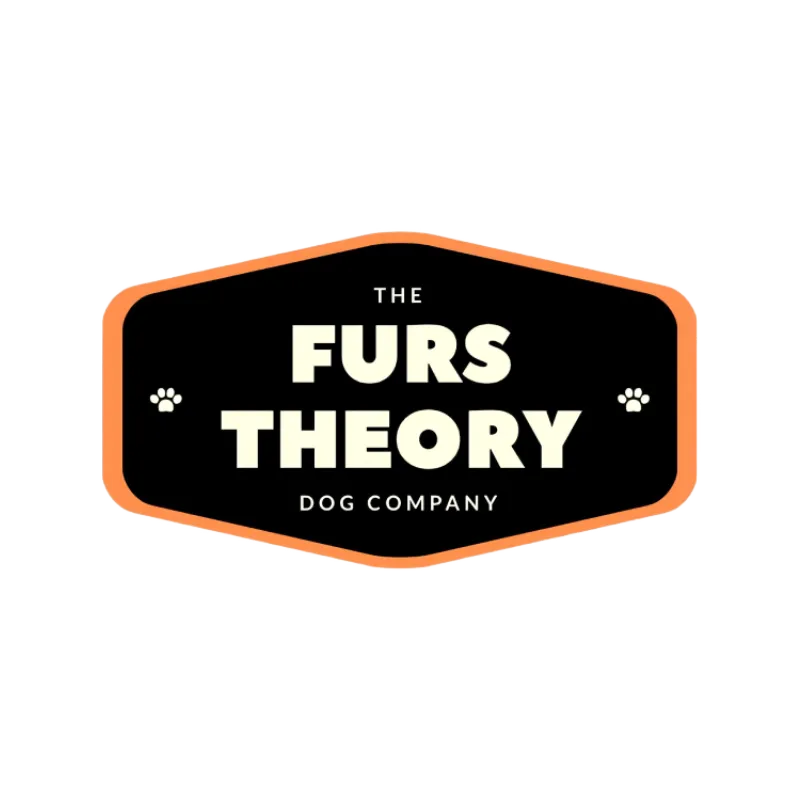Junk food is cheap, convenient and a great solution to the munchies. We’re fully aware that they contain barely any nutrition and have high levels of artificial flavourings, colourings and additives. But we’d convince ourselves that it’s a cheat day to soothe the guilt. Yes honey we know you be snackin’ 👀
But junk food to us, is kibbles to our pets. It’s cheap, convenient and solves their hunger.
So while we’re feeling all that guilt from finishing a jumbo pack of chips, here are 6 reasons why kibbles aren’t the best pet nibbles.
1. It’s not the best quality of food for your furkids
Most kibble packaging would boast about how it is packed with natural proteins and nutrition with a french phrase or two to make it gourmet.
However, the proteins used in cheaper brands would sometimes tend to be a combination of discarded meats and fillers such as corn, rice, and soy. These are then processed in high temperatures which destroys most of its nutritional content before being dehydrated and shaped into food pellets.
That being said, there are also some more expensive kibble brands that use ingredients of good quality and better processing methods too. However even such premium kibble would still pale in comparison to freshly cooked ingredients.
2. It’s a high-grain diet for omnivores
Grains or other high-starch carbohydrates like wheat, rice, potato, corn or legumes make up 60% of kibbles.
By feeding these nature-born-omnivores a diet that is so high in starch, it does not satisfy their nutrition and physical needs, thus causing them to feel lethargic. Plus, the high intake of carbs that gets broken down into sugar raises the risks of obesity, diabetes, and cancer.
Speaking of cancer…
3. It contains additives, chemicals and everything “nice”
These are some common ingredients used to create kibbles:
Rancid animal fats and additives to enhance the flavour appeal for pets.
Synthetic nutrients to make up for the loss of natural nutrients during processing.
Preservatives and heated to extreme temperatures for a longer shelf life.
Unfortunately, this process also creates carcinogenic by-products. And when consumed in large amounts, it can cause digestion issues, allergic reactions and even cancerous cell mutations.
4. It doesn’t stay edible for as long as we think
Contrary to popular belief, dry pet food doesn’t last as long as stated on the packaging. While the expiration date may suggest a year or two, however once the bag is opened, these pellets become a breeding ground for bacteria, mites, and mycotoxins due to oxidation after 2 weeks.
Thus when ingested, your pet may develop hypersensitivity to these contaminants and develop ear infections, experience hair loss and even have itchy inflamed skin.
5. It causes your pets to be extra thirsty
Kibbles contains a low percentage of water. Having your pet rely on it as a staple, is like having ourselves survive on nothing but crackers alone.
This constant intake of dried food increases the risk of our pets experiencing indigestion, dehydration, a loss of appetite, lethargy, dry nose and gums or loss of skin elasticity.
6. It introduces little to no variation in your pets diet
French fries may be an amazing form of potato based foods. But we bet you’d get pretty sick of and from it if you had to eat it all day everyday for a whole week straight.
But eating potatoes for almost every meal seems fine if they’re prepared in different styles such as in stews or pies. The defining factor being these potatoes are served with a variety of flavours and nutrients.
There’s no single food source that would hold all the nutrients your pet requires. They need various forms of proteins and minerals that can be obtained from different food sources.
Switching up your pets diet allows you to explore what your pet enjoys eating and decreases their chances of developing food intolerance to certain ingredients.
***
Kibbles may seem like a quick and easy convenience but it could cause health problems to our furkids in the long run. Sometimes, going the extra mile in providing the best nutrition would also mean giving them the best quality of life. And if it’s within our means, why not?
Hence, here at Petchef we believe that preparing fresh food for our pets should not be too inconvenient and pricey. All that’s required is for you to tell us all about your furkid, and we’ll work out a suitable meal plan with you.
Besides having more than 6 different menus to choose from, we’ve also got delicious treats too! So we’d probably be able to satisfy your furkid’s craving for variation.
However, if you feel like having a go at making your own pet treats, here’s a link to DIY them in an oven or a dehydrator!
PS: Here’s an ASMR video of a fluffy samoyed taste testing some snacks.
TLDR: Kibbles may seem like a quick and convenient option but it poses health risks in the long run. Hence, if you’re curious about fresh food options for your furkid, come have a chat with us!











